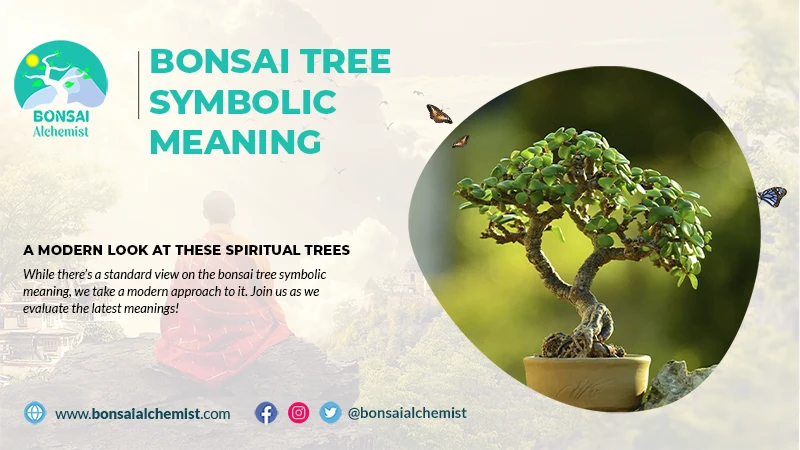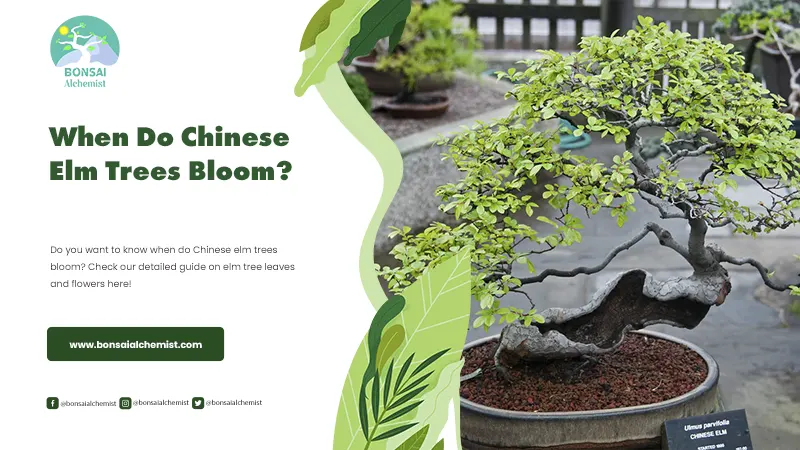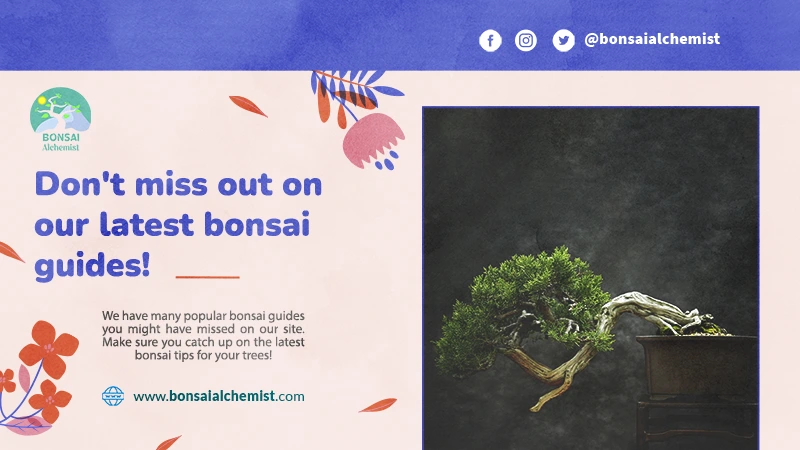How to Fertilize a Juniper Bonsai
Juniper bonsais are a beautiful addition to your space. If you want your tree to stay in a healthy and beautiful condition, it’s essential to take proper care of it. One slightly overlooked aspect of bonsai care is the use of fertilizers. In this article, we’ll focus on how to fertilize a juniper bonsai.
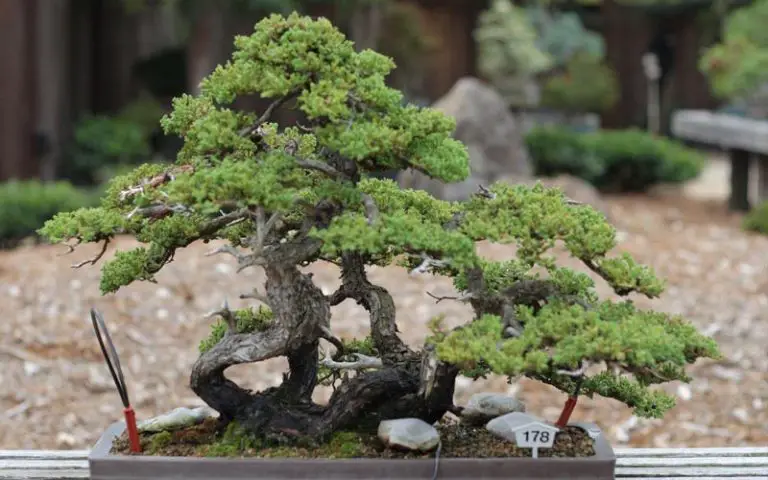
Image courtesy of ShareAlike 3.0 Unported
Why You Need To Fertilize a Juniper Bonsai
Since bonsais are planted in pots and have limited soil, it’s vital to replenish the soil nutrients with fertilizers. You can use slow-release fertilizer granules or pellets every month for your juniper bonsai, except in the winter months.
Another option is an organic liquid fertilizer, such as a seaweed fertilizer or fish emulsion. It’s also good to add a water-soluble fertilizer to the spray water while misting the foliage. Over-fertilizing should be avoided, as it can cause the leaves to burn.
Junipers do well if fertilized monthly during the spring and fall season with a slow-release organic fertilizer. The slow-release granules are added to the topsoil of the tree. Every time you water the tree, the granules dissolve with the water and provide nourishment to it. Follow the instructions on the packaging of the fertilizers to avoid overfeeding.
If you’re using a liquid fertilizer, you can use it every week or fortnight while watering. If you want strong growth for your juniper, you can add nitrogen to the fertilizer in the spring months. Liquid fertilizers, as compared to the granules, give instant results as they get absorbed by the trees. However, they can also get washed away while watering, especially if the potting mix allows for more drainage.
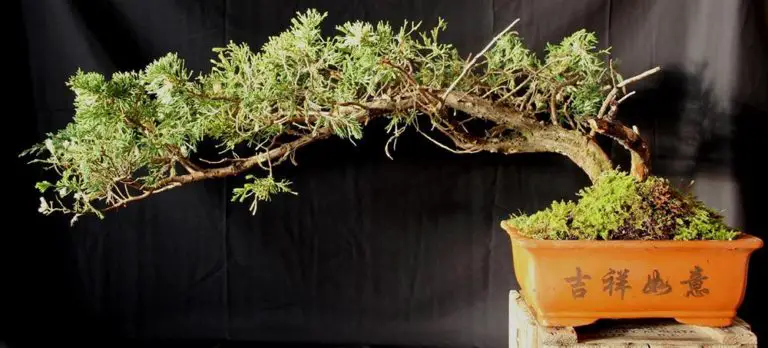
Image courtesy of ShareAlike 3.0 Unported
We have a detailed bonsai tree care guide with all the relevant information. Check the guide out here!

When you buy a fertilizer, there are NPK labels on the bags. NPK stands for Nitrogen (N), phosphorous (P), and potassium (K). Nitrogen is responsible for the foliage on your tree. If it’s too little, the leaves might be weak, and if over-used, the leaves could burn. Phosphorous is for the health of the roots, fruits, and flowers.
If it’s less in quantity, then the flowers or fruits might not grow or have slow growth. Potassium is for the overall health of the tree and also resistance to diseases and pests. Other than these three building blocks (NPK), plants also need a supply of trace elements like Calcium, Magnesium, Sulphur, Iron, Manganese, Zinc, Copper, and Boron.
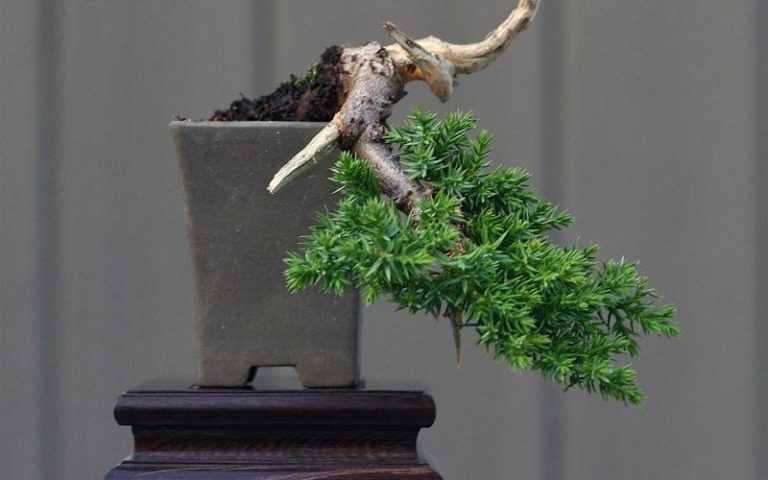
Image courtesy of 4.0 International
Tips for Fertilizing a Juniper Bonsai
- Avoid fertilizing the juniper for a month after re-potting, as it might create stress on the roots.
- If your bonsai looks feeble and unhealthy, it could be due to over-watering. Do not make a common mistake that many beginners make, i.e., adding more fertilizers to the soil.
- It’s beneficial to dilute the fertilizer to half the recommended strength and for best results, use it fortnightly.
- Junipers are not suitable as indoor plants; instead, they can only survive in an outdoor environment where they can receive plenty of sunlight.
- Slow-release granules are the best choice of fertilizers for junipers.
- One general rule while adding fertilizer is that you should never use it when the tree is under stress. It’s usually the case when you have just repotted the juniper, or it’s in the state of dormancy.
- A high-nitrogen fertilizer is suitable for the spring months only. In the summer months, you should use a balanced one; and during fall, you should use a fertilizer with low nitrogen levels.
- If you’re a beginner, it’s advisable to gauge the tree’s progress a day or two after fertilizing. Whether it’s a liquid fertilizer or granules, you should check the effects on the tree, such as – If it’s losing more leaves than before? Is there’s any discoloration in the foliage?
- Finally, junipers do well when cared for, but over-pampering can be a bad idea. Don’t over-water, over-fertilize, or prune it too much.


